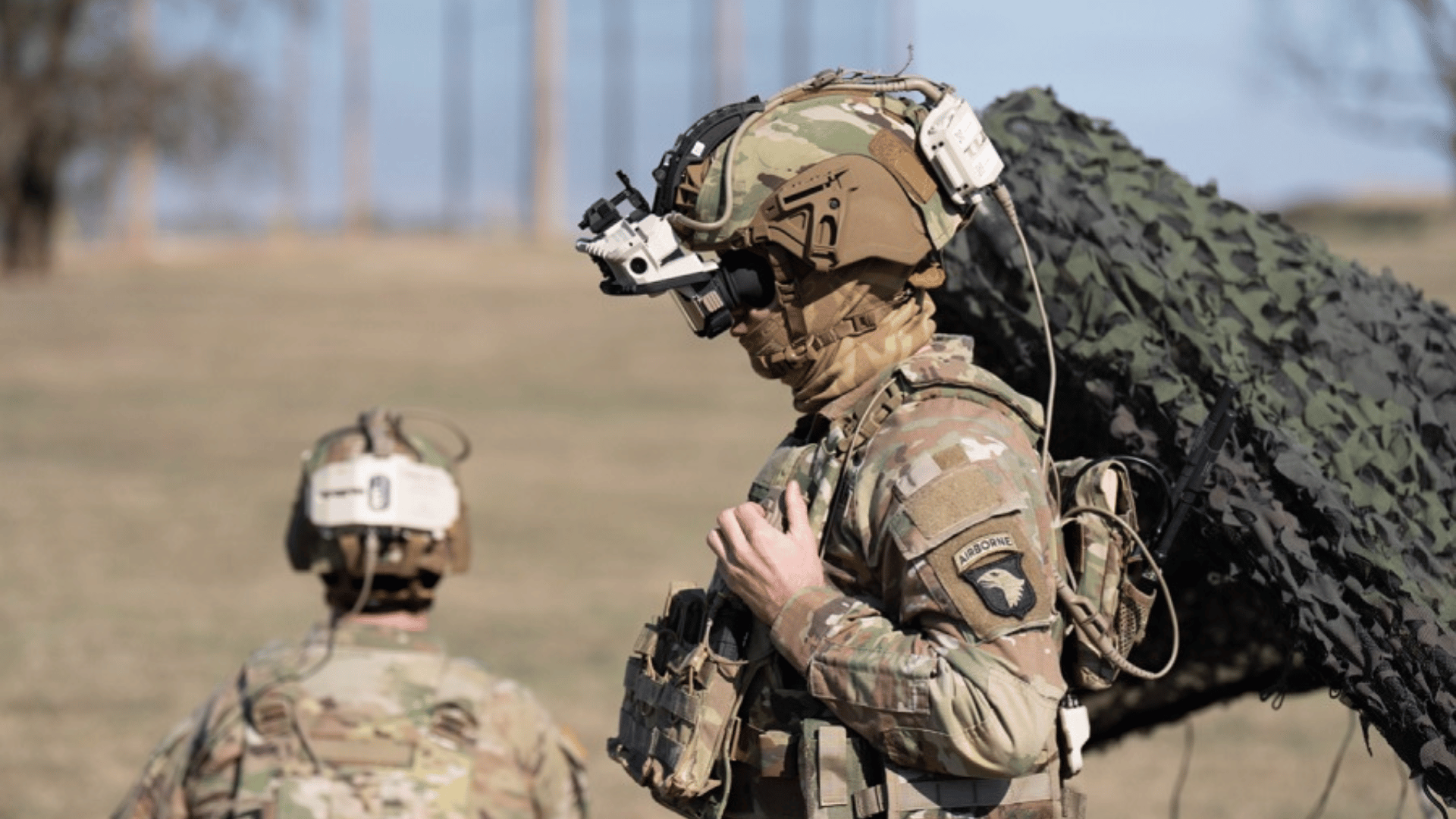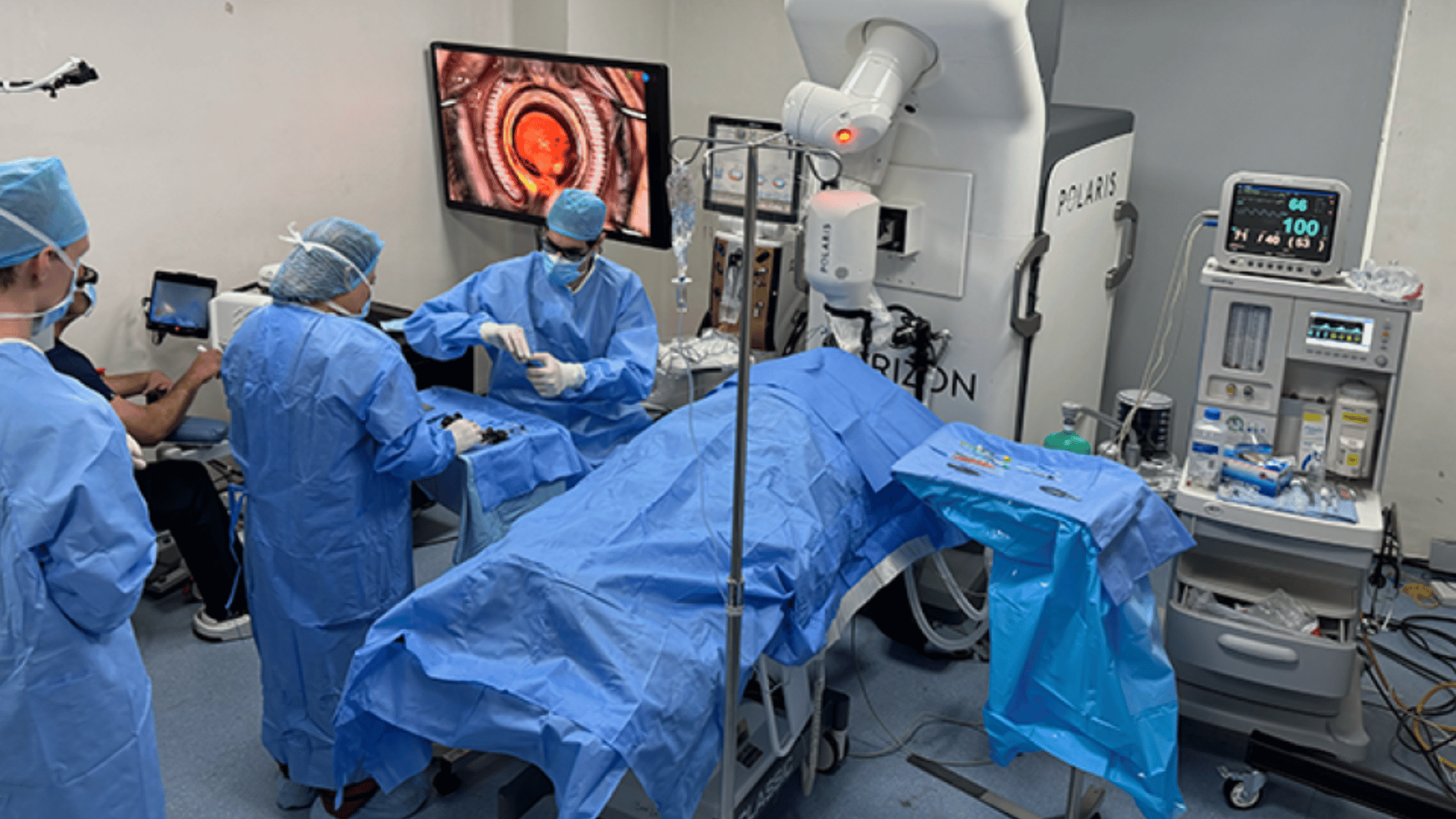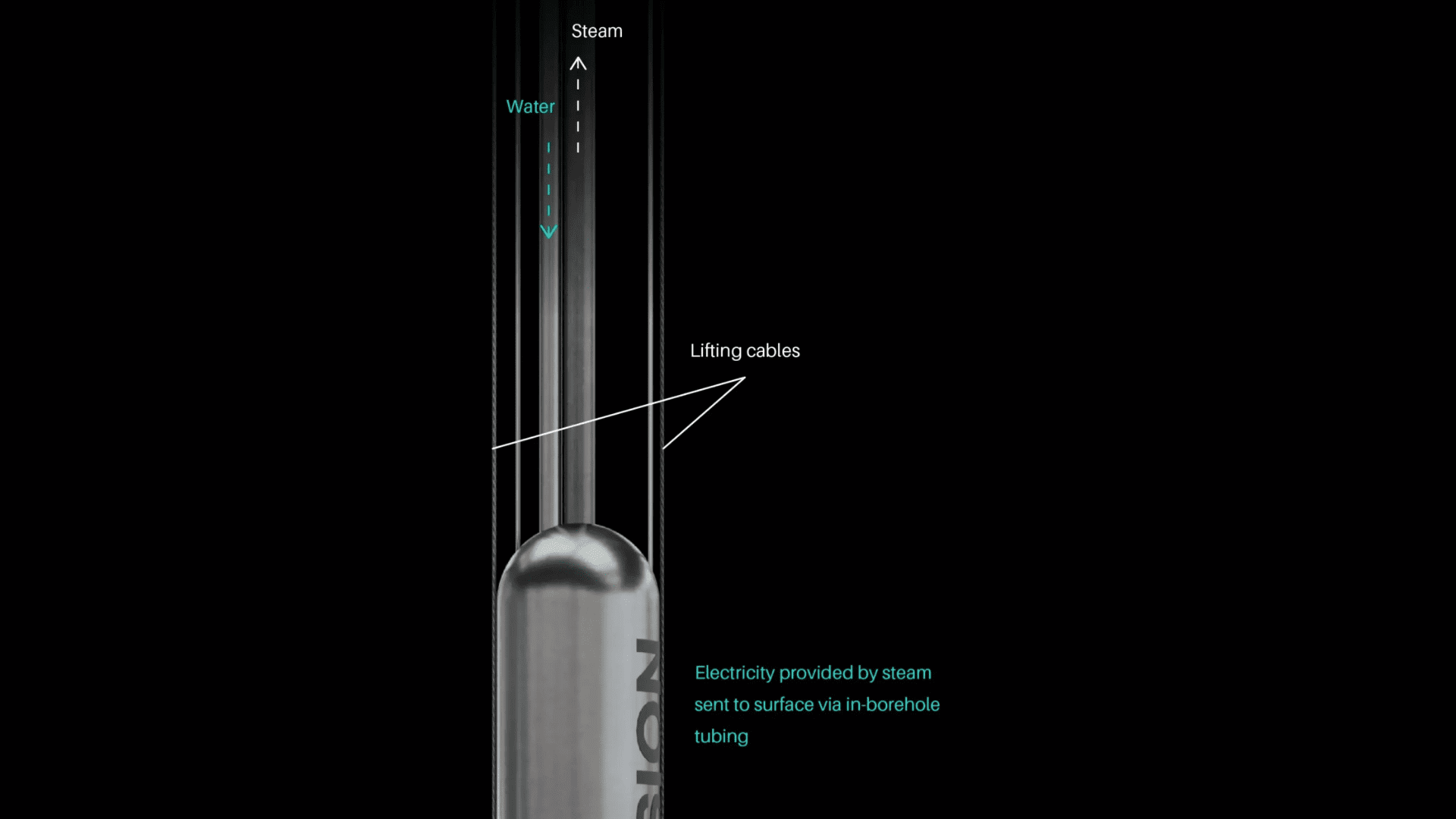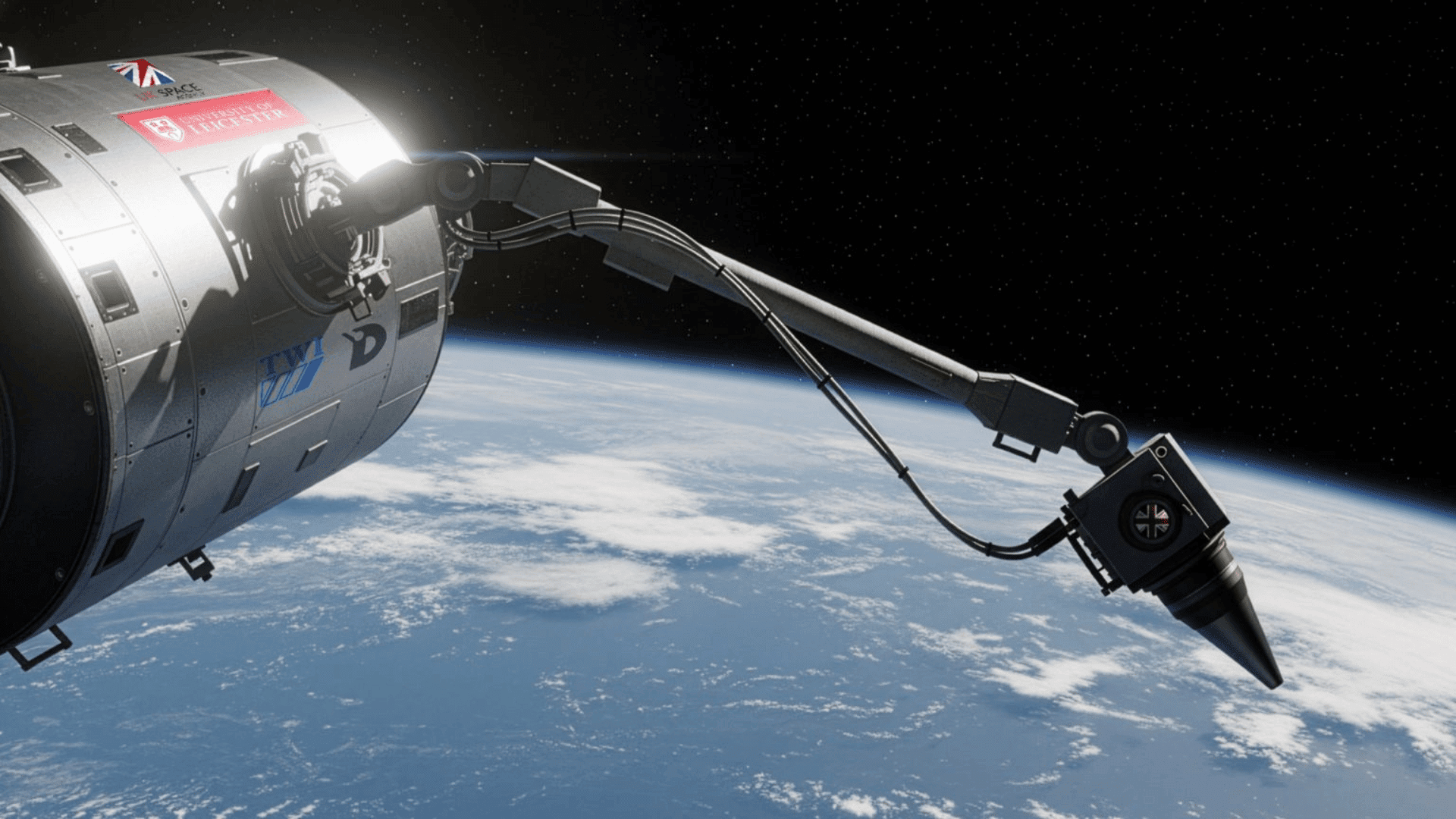Defense contractor Anduril and tech giant Meta have partnered to develop integrated Extended Reality (XR) systems designed specifically for the US military. The project aims to deliver next-gen technology that enhances soldier decision-making, perception, and control of autonomous platforms using AI-enabled augmented and virtual reality tools.
Meta Tech Meets Military Applications

The new partnership, which leverages research in artificial intelligence, advanced hardware, and software, repurposes commercial-grade high-performance technology originally developed for civilian applications for front-line defense. Both companies claim this will save taxpayers billions compared to legacy defense acquisition models.
“This partnership brings the power of dual-use innovation directly to the battlefield,” Palmer Luckey, Founder of Anduril, said to Interesting Engineering.
“Our goal is to turn warfighters into technomancers, armed with tools that expand human capability through intelligent, wearable computing.”
Meta combines its AR/VR platforms with Anduril’s Lattice system, an AI-powered command and control network. Lattice, which can be accessed using XR headsets designed for combat settings, merges data from thousands of systems and sensors to provide real-time information.
The headsets’ role-specific interfaces are designed to speed decision-making, improve situational awareness, and enhance tactical accuracy in combat. Anduril founder Palmer Luckey told the tech podcast Core Memory that the headset is part of a project called EagleEye.
“The world is entering a new computing era where intelligence becomes ambient, and perception is extended far beyond natural limits,” said Andrew Bosworth, CTO of Meta. “We are committed to ensuring these breakthroughs serve our national interest.”
According to Luckey, the helmet will combine an AI assistant with communications and other functions. The EagleEye system will reportedly improve soldiers’ vision and hearing by allowing them to detect drones flying miles away or hidden targets.
Anduril stated that the partners aim to “transform how warfighters see, sense, and integrate battlefield information.”
Lattice-integrated IVAS prototypes are currently undergoing field testing. Both firms have goals of reframing defense procurement with efficient, updatable platforms and a quicker timeline than traditional military-industrial timelines.







